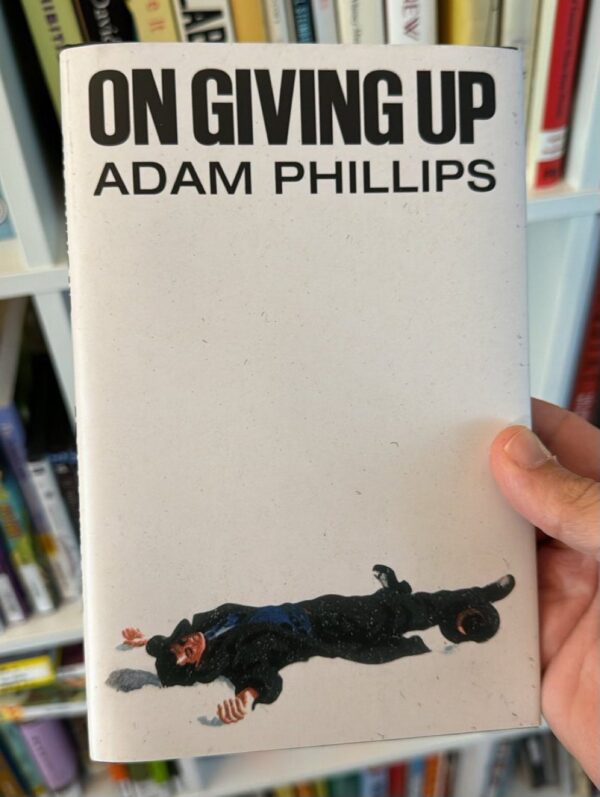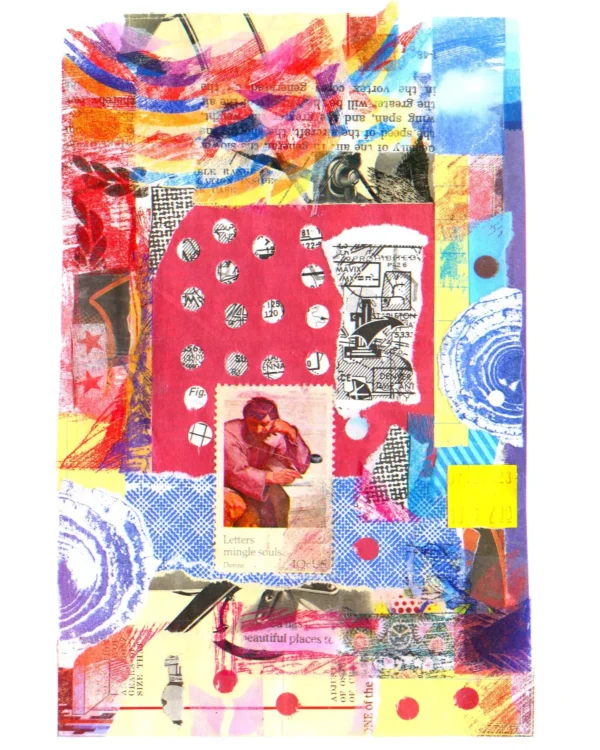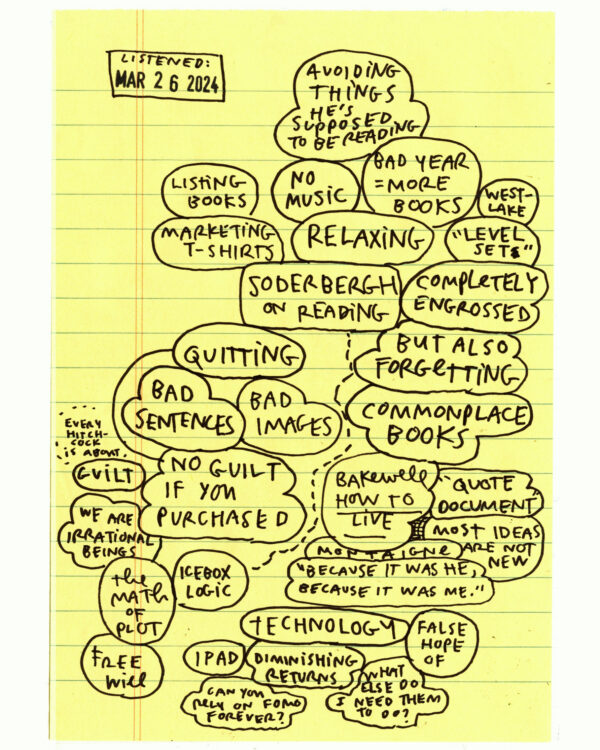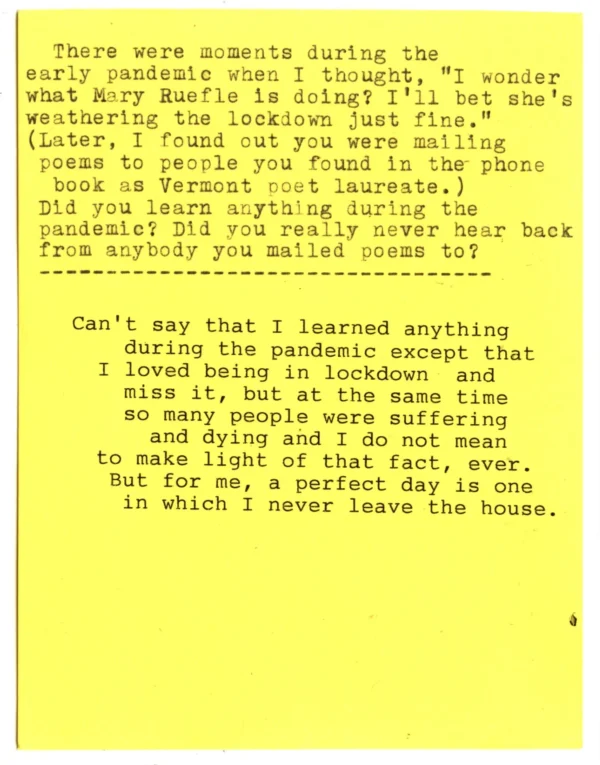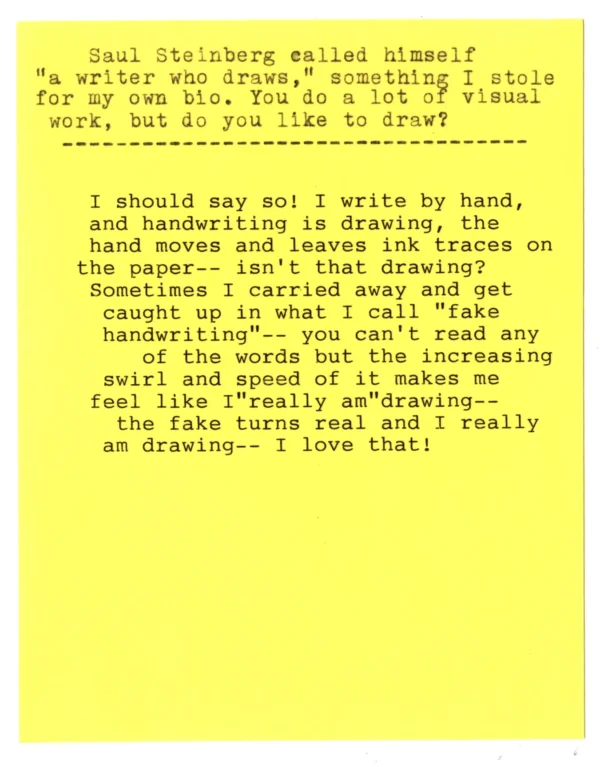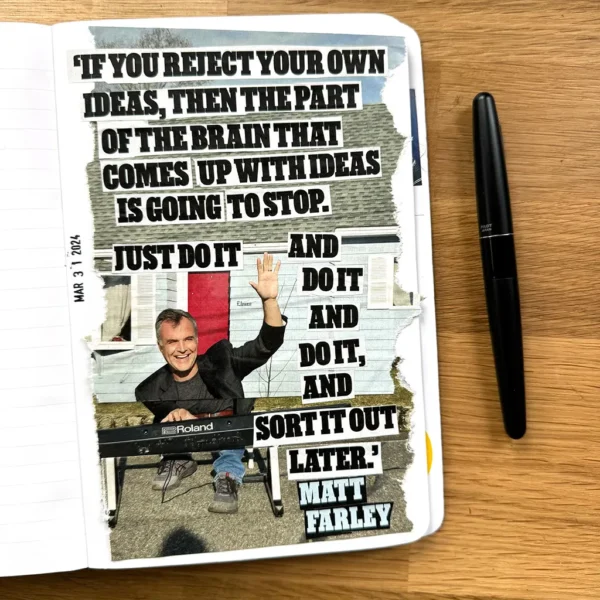
Today’s newsletter, on how quantity (usually) leads to quality was inspired by this NYTimes profile of Matt Farley:
“If you reject your own ideas, then the part of the brain that comes up with ideas is going to stop,” he said. “You just do it and do it and do it, and you sort it out later.” Or, as the case may be, you don’t, but rather send it all out into the abyss, hoping that someday, somebody, somewhere will hear it.
You can read it here.
